Researching Historic Buildings at the WVRHC: The Pietro Brothers of Morgantown, West Virginia
Posted by Jane Metters LaBarbara.April 20th, 2020
By McKayla Herron, WVRHC Graduate Assistant
For one of my classes this semester I have been working on a large project to survey ten buildings in Morgantown’s Greenmont neighborhood. This project entails describing these buildings’ architectural characteristics, researching their previous owners, and writing a history of this section of the neighborhood, which will eventually be submitted to the West Virginia State Historic Preservation Office.
All of the ten buildings I’m researching are connected to Thoney, James, Henry, and Lorenzo Pietro, four brothers who immigrated to the United States from Italy in the 1890s. Each of them eventually moved to Morgantown, and Thoney and James would remain here for the rest of their lives. While all four of them were living in Morgantown, the brothers started the Pietro Paving and Construction Company, incorporated in 1912. The company went on to be quite successful, constructing roads and sewers throughout West Virginia, Pennsylvania, and Maryland across its nearly twenty-year history. Its success garnered Thoney Pietro considerable wealth and local prominence, as he was the company’s president.
The resources at the WVRHC have been invaluable to me while working on this project. To identify buildings associated with the Pietro brothers, I started by searching for them in the Morgantown City Directories, which alphabetically list each resident of the city, their address, and their occupation. (Like a phonebook, but cooler!) This helped me identify where each of the brothers lived during their time in Morgantown. I found that the majority of the residences were concentrated within a specific area of Greenmont, and decided to focus on these buildings for my survey project.
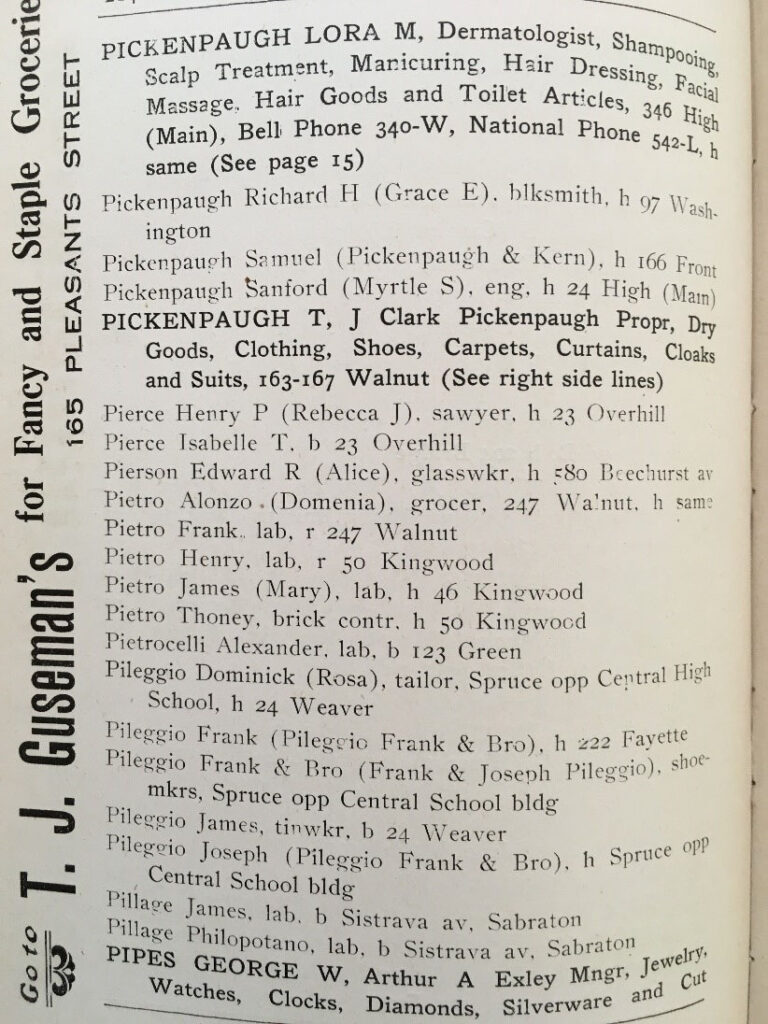
Next, I looked at our collection of Morgantown Sanborn Maps. These maps were created for communities across the country by the Sanborn Fire Insurance Company in the 19th and 20th centuries. The Sanborn maps were frequently updated and revised, making them extremely helpful in estimating when historic buildings were constructed and how they have been altered over time. The Pietro properties I’m researching appear on the 1911, 1921, and 1927 Sanborn maps. Below are the 1911 and 1927 maps of the area I’m studying, illustrating how it changed between those years.
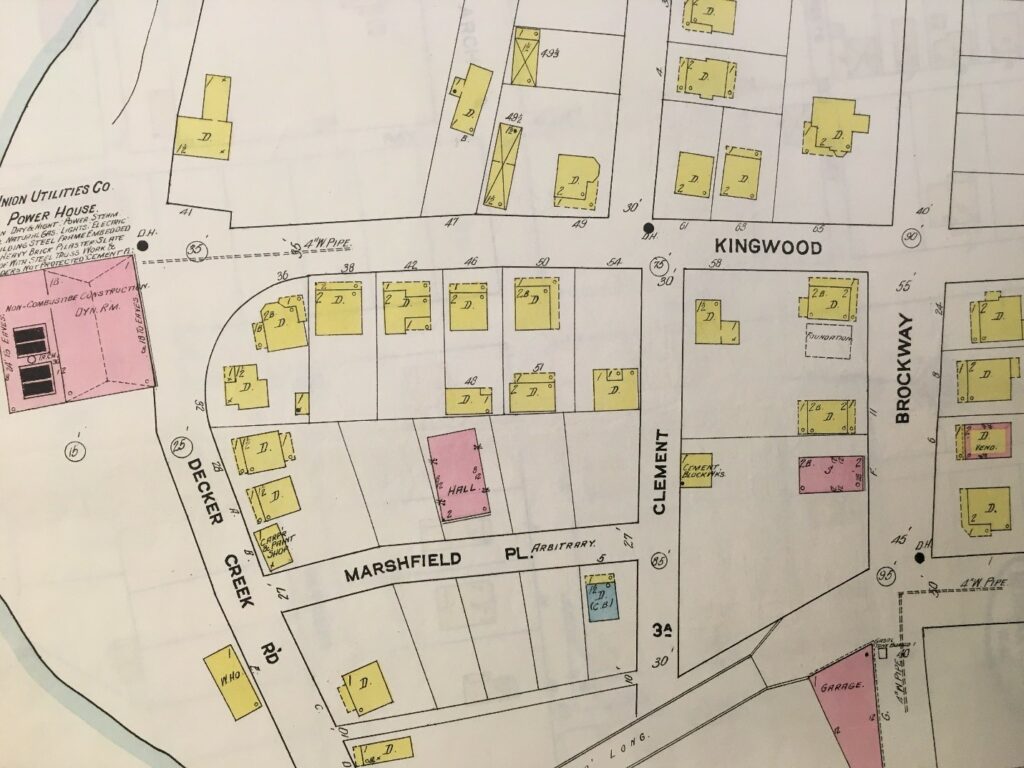
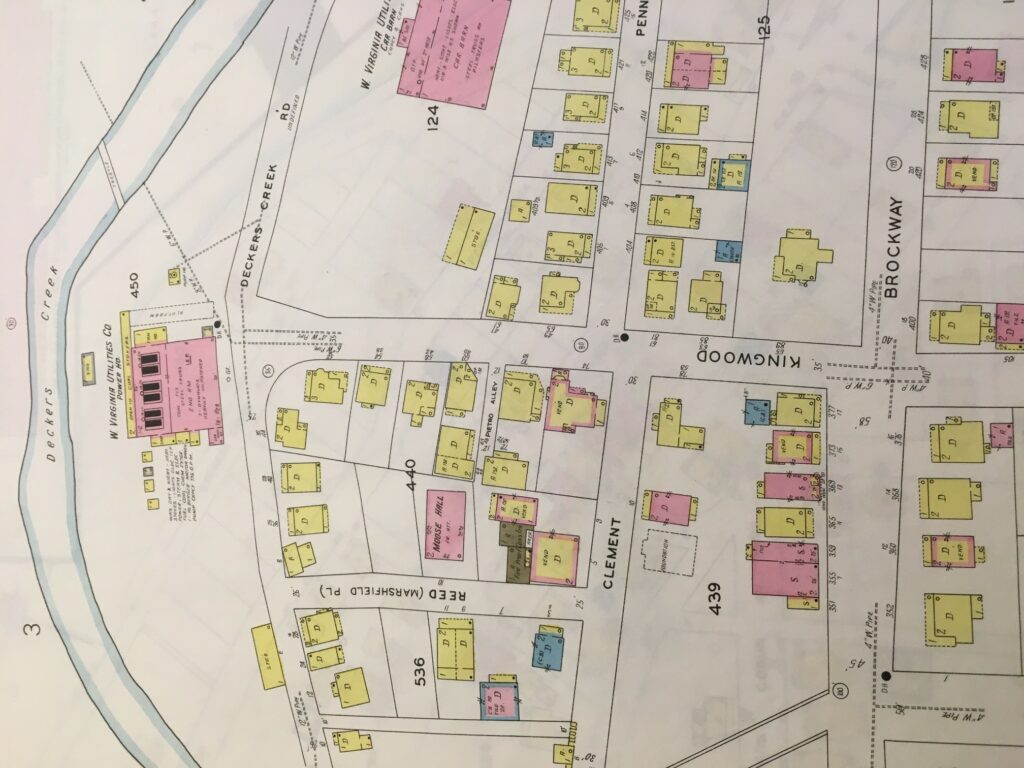
Historic photographs can also be helpful in identifying changes to historic buildings. West Virginia History OnView, our online photograph database, has several historic photos of the Pietro brothers’ houses, which I have compared to current images of the buildings. Knowing how—and how much—historic buildings have changed over time is important when considering whether they are eligible for inclusion in the National Register of Historic Places. Properties that have been considerably altered are not eligible for listing in the Register.
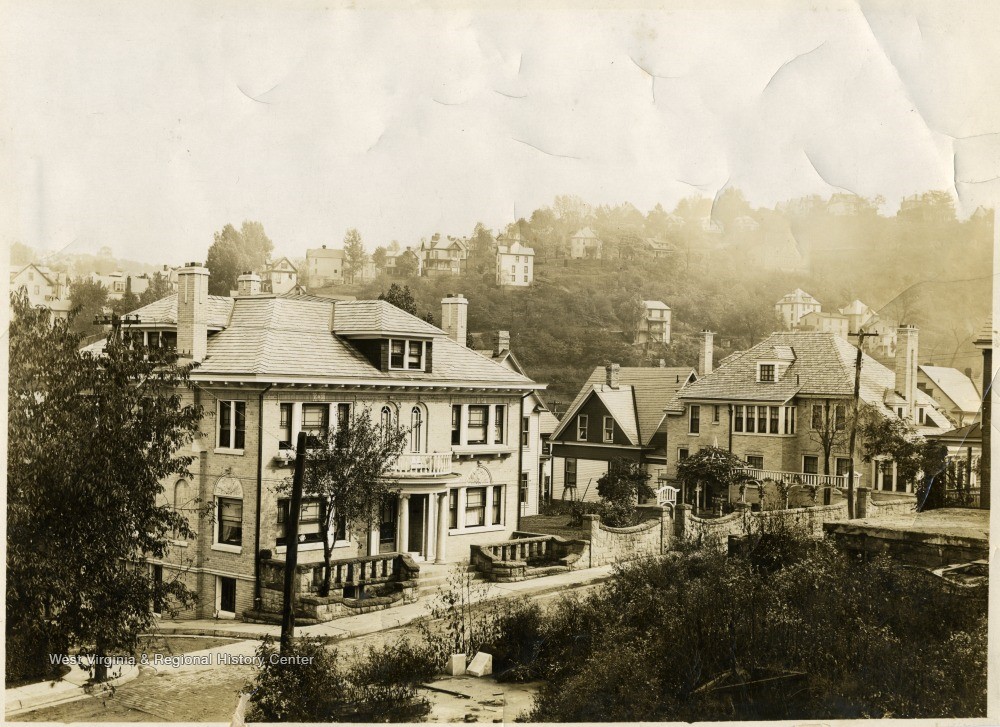
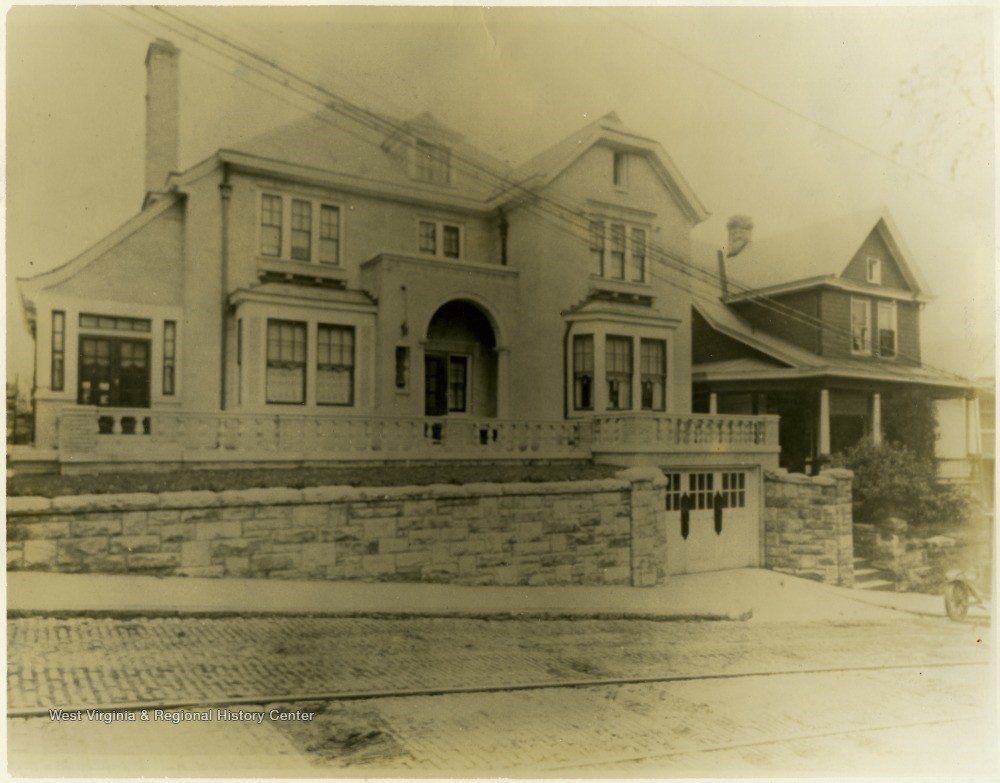
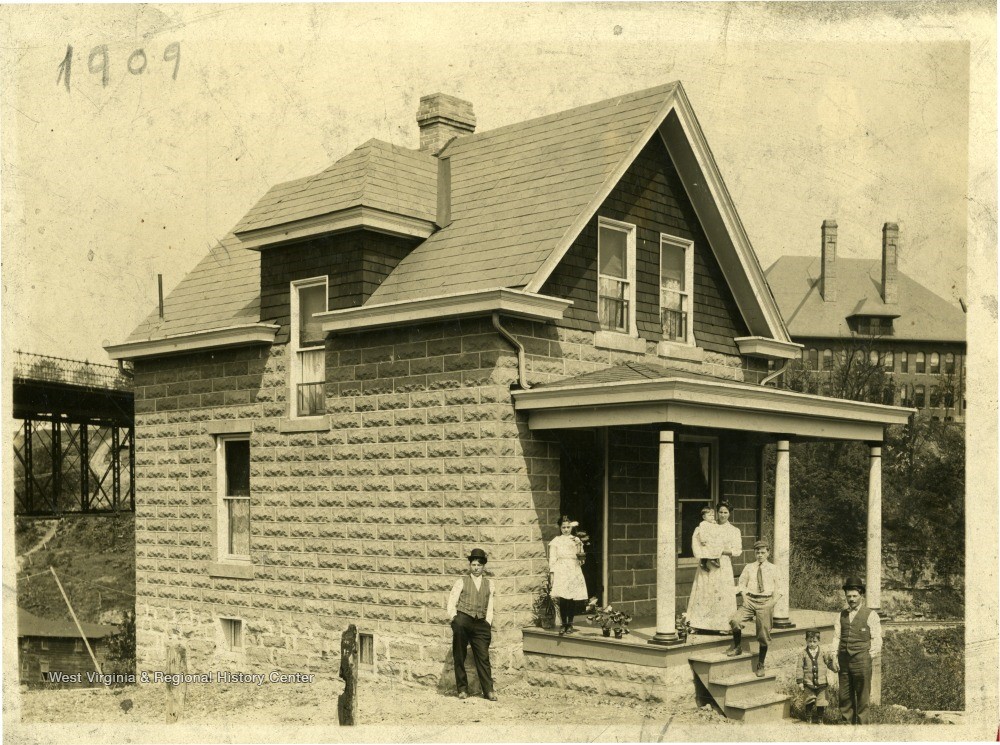
The WVRHC also houses the papers of Thoney Pietro and the papers of James Pietro. These two collections comprise nearly two dozen boxes of material that has provided insight into their lives, their careers, and their impact on their community. This contextual information will help me make arguments as to whether Thoney and James’ homes merit inclusion in the National Register based on their connection to these two prominent local figures.
If you want to learn more about a historic building that interests you, come visit us! (After our social distancing days are done, of course.)





